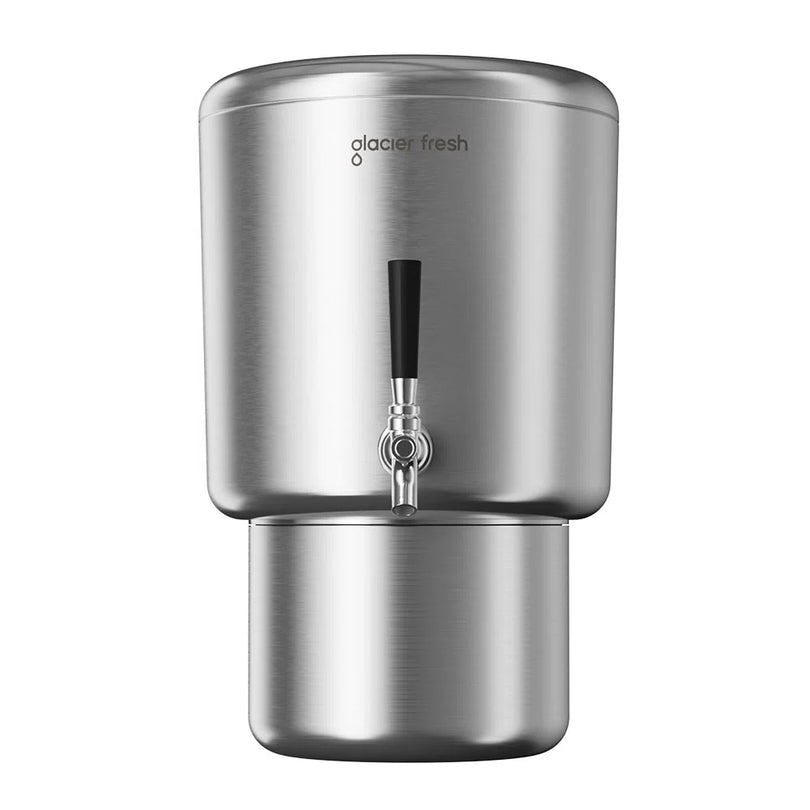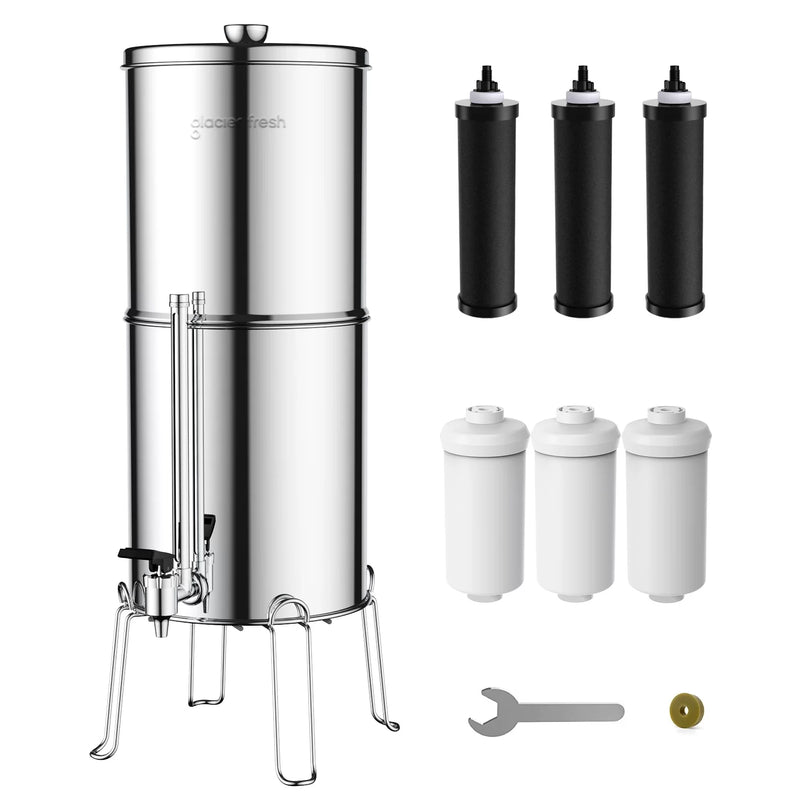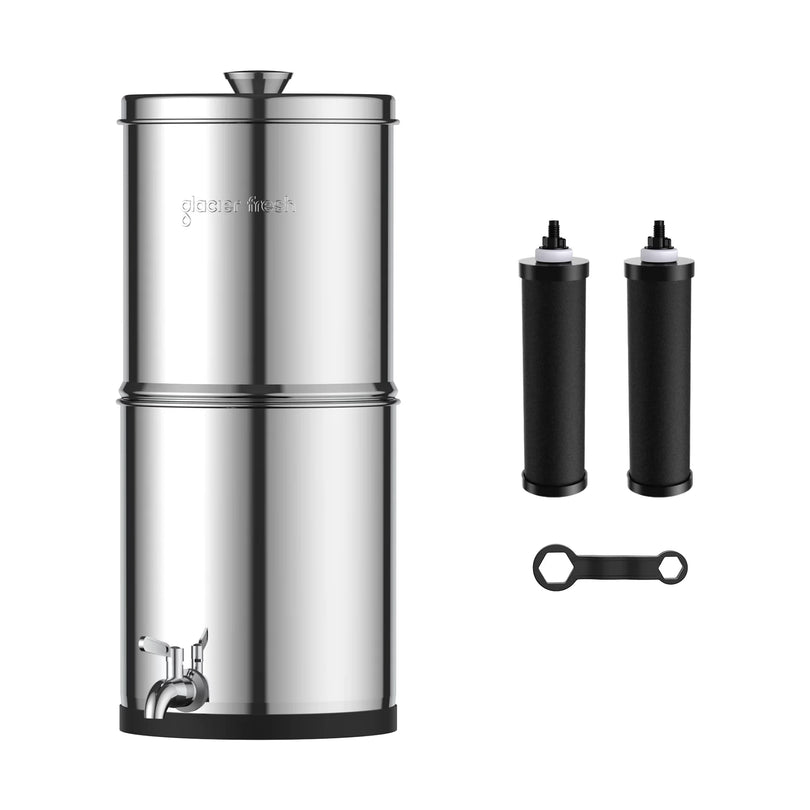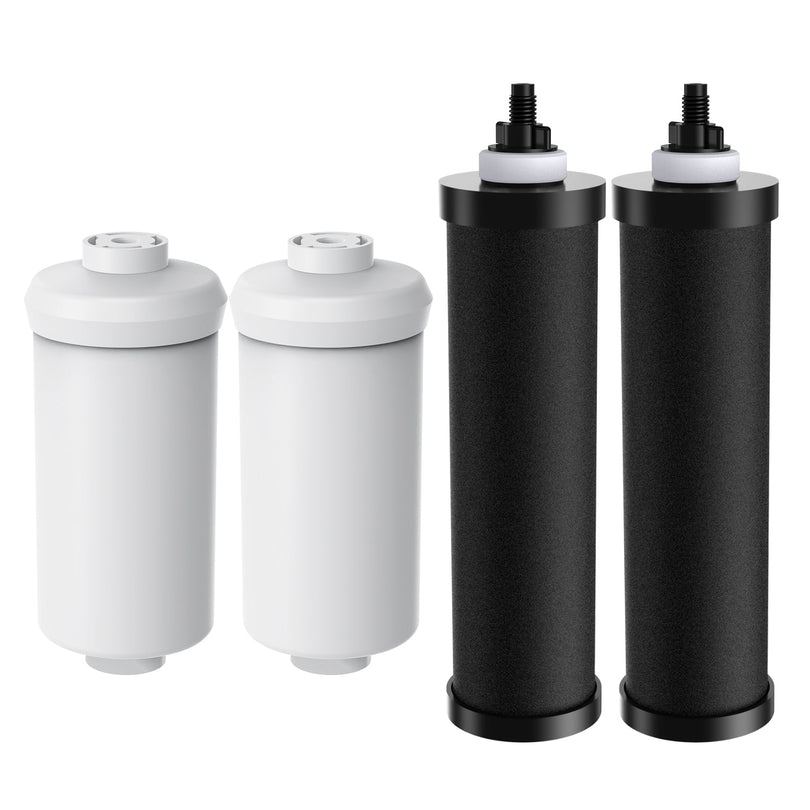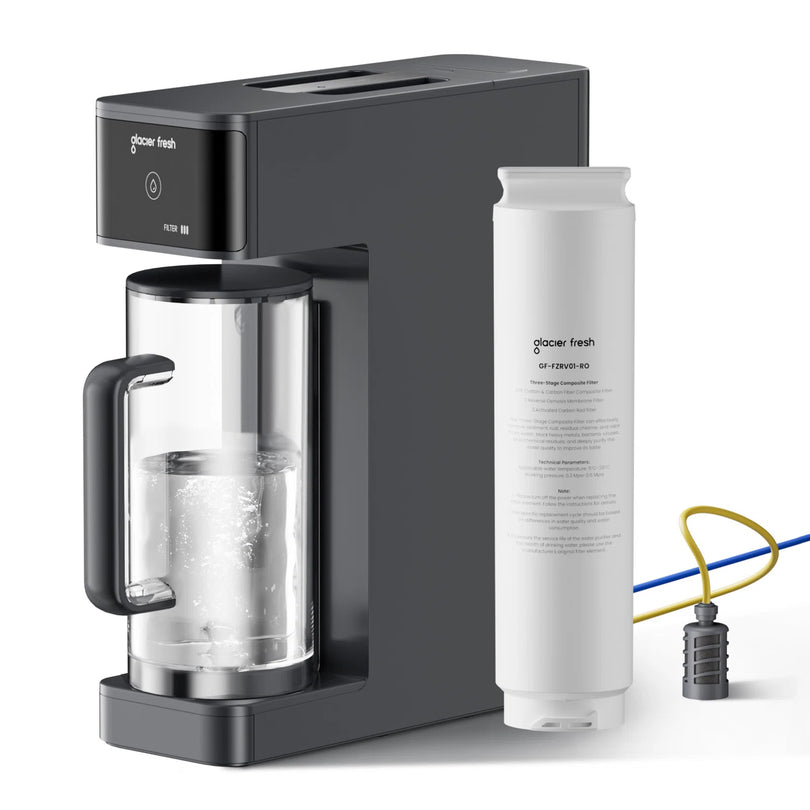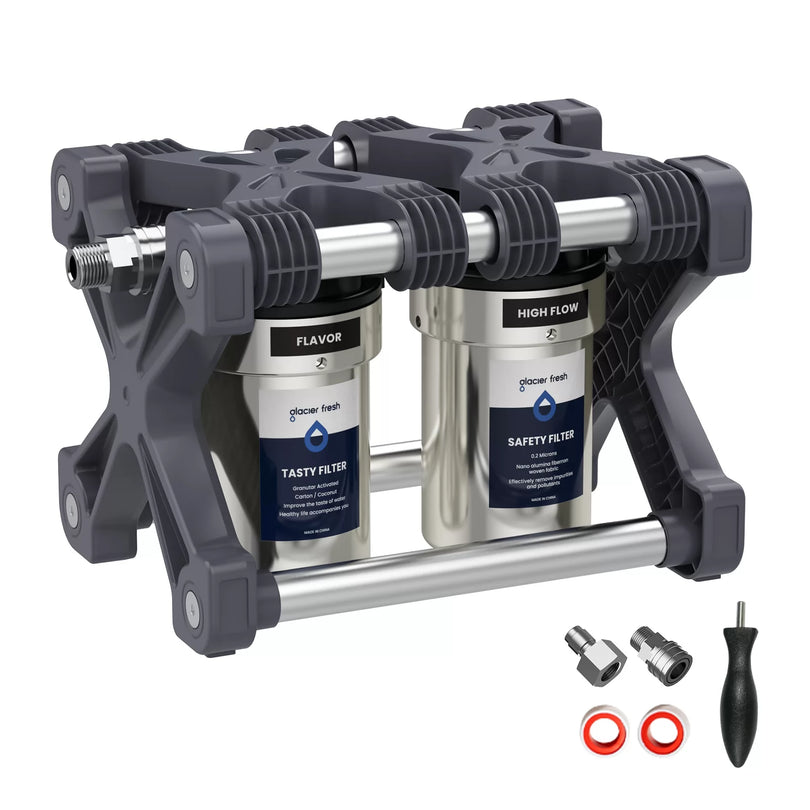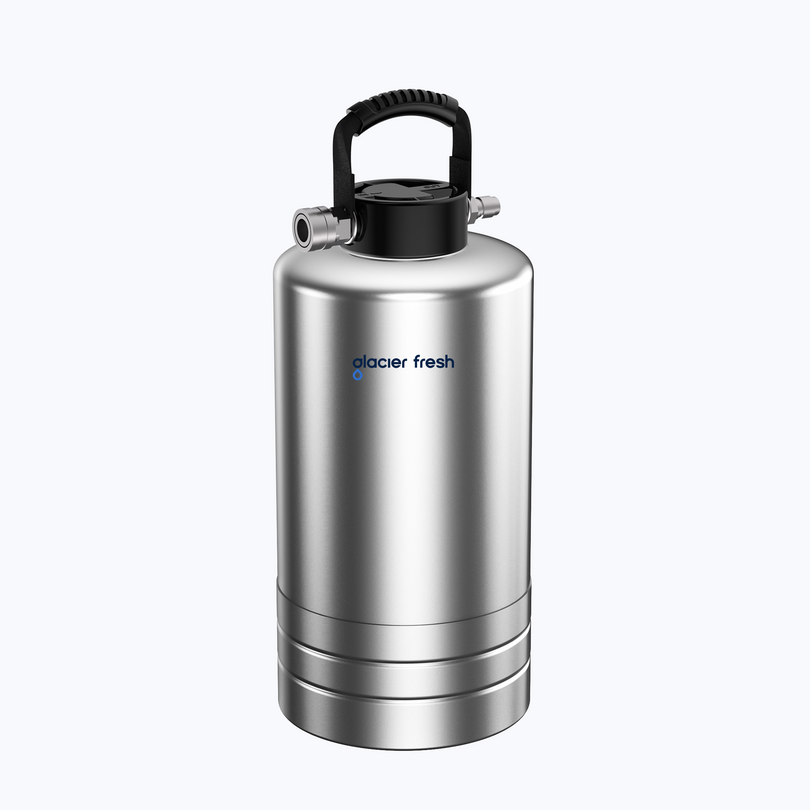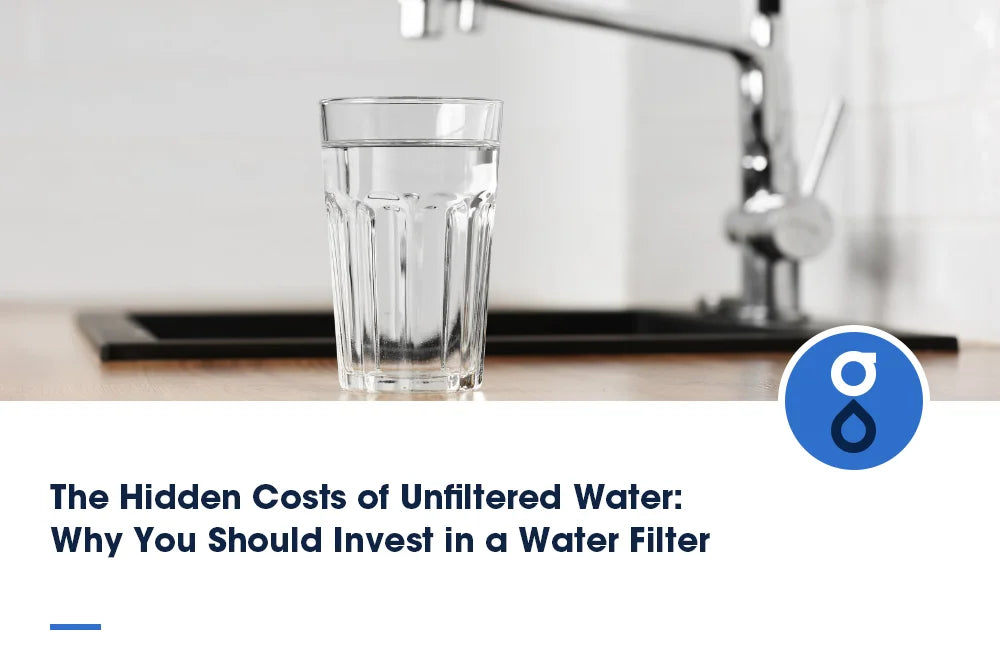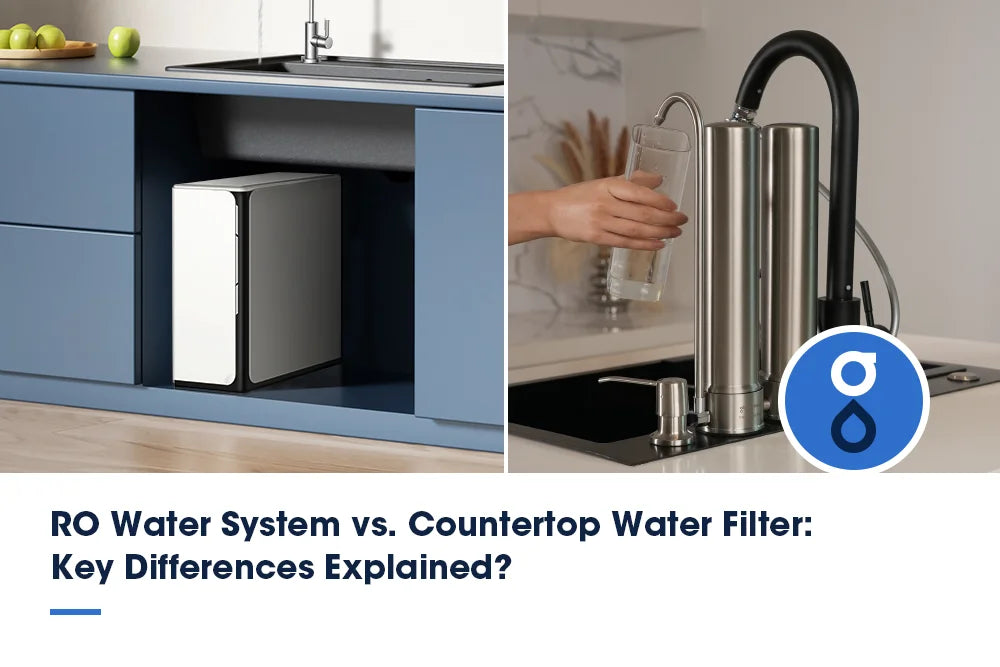Table of Contents:
What`s the link between water quality and indoor air quality?
The signs of poor indoor air quality
The health effects of poor indoor air quality
Sources of indoor air pollution related to water
Essential tips for improving water and indoor air quality
FAQs
Conclusion
How might water quality in your home affect your indoor air quality? It's an often overlooked aspect of maintaining a healthy living environment. High-quality water can reduce airborne contaminants like mold and bacteria, improving air quality. But how does this work, and what practical steps can you take to ensure your home's best water and air quality? Let's explore this interesting connection and give tips for a healthier home.
What`s the link between water quality and indoor air quality?

Having a glass of clean water in your hand, you might wonder how it's linked to the air you breathe indoors. It's all about water filtration and air circulation. When your home's plumbing system is well-maintained and the water is adequately filtered, it improves air quality. This is because clean water reduces the risk of bacteria and mold growth in your pipes, which can lead to poor indoor air quality if not properly managed.
Humidity control plays a significant role as well. When you use water in your home, it evaporates and increases the indoor humidity. If the humidity isn't properly controlled, it can lead to increased mold growth, negatively affecting the air you breathe.
Vapor diffusion is another key factor. It's the process by which water vapor moves through materials from areas of high concentration to low concentration. If the water in your home isn't clean, harmful substances can diffuse into the air, contaminating it.
The signs of poor indoor air quality
Recognizing the signs of poor indoor air quality is the first step toward addressing the issue. Common indicators include:
- Persistent allergies or respiratory issues: Symptoms like sneezing, coughing, or itchy eyes that worsen indoors may point to air quality problems.
- Unpleasant odors: Musty or chemical smells can indicate the presence of mold or pollutants in the air.
- Visible mold or mildew: Mold on walls, ceilings, or other surfaces often signals excess moisture and poor ventilation.
- Excessive dust: A dust buildup can harbor allergens and pollutants, contributing to poor air quality.
The health effects of poor indoor air quality

Poor indoor air quality can have immediate or long-term effects on your health, depending on the level and duration of exposure. You might experience respiratory issues such as coughing, wheezing, or shortness of breath, particularly if you're part of vulnerable populations like the elderly, children, or those with pre-existing health conditions.
The long-term effects can be significantly more severe. Chronic exposure to poor indoor air quality can lead to an increased risk of respiratory diseases, heart disease, and even cognitive decline. It's not just the apparent pollutants, either. Allergy triggers like dust mites and mold spores thrive in poor air quality, leading to frequent flare-ups and discomfort.
Sources of indoor air pollution related to water
Mold growth from moisture
Believe it or not, your home could harbor an invisible enemy - mold. High moisture levels can cause mold growth, stealthily compromising your home's structure and indoor air quality. You mightn't see it, but you'll likely breathe it in, potentially causing health issues over time.
Mold prevention strategies are crucial. Regularly check for leaks or areas prone to condensation, and fix any water damage promptly. Moisture control techniques can also be a lifesaver. Ensure your home is well-insulated and damp areas like bathrooms and basements are properly ventilated.
Ventilation solutions, such as exhaust fans and window vents, can prevent moisture accumulation and deter mold growth. Don't forget about humidity monitoring tools. These devices allow you to monitor humidity levels and adjust them accordingly. Lastly, consider air filtration systems. They can help reduce the number of mold spores in the air, purifying your breathing space.
Contaminated water in cleaning
An unseen adversary in your home could be contaminated water used in cleaning. Water contaminants can easily become airborne during surface cleaning, infiltrating your living space and compromising indoor air quality.
Cleaning solutions mixed with contaminated water can have two effects. On one hand, they can leave behind a residue of harmful substances on your surfaces. On the other hand, they can vaporize into the air, further degrading their quality.
To combat this, consider investing in a good water filtration system. It'll help remove these harmful contaminants, improving the quality of water used in cleaning. Also, managing humidity levels is crucial. Higher humidity can facilitate the spread of airborne contaminants, so keeping a humidity control regime is important. Here are some actionable tips:
- Use a high-quality water filtration system to clean water.
- Opt for non-toxic, eco-friendly cleaning solutions.
- Maintain a balanced indoor humidity level to minimize the spread of airborne contaminants.
- Regularly clean surfaces to prevent the accumulation of harmful residues.
Water-related chemical pollutants
Water-related chemical pollutants play a significant role in indoor air pollution. They threaten your water supply and indoor air quality. Chemical reactions can occur between water pollutants and other elements within your home, releasing harmful substances into the air you breathe.
You might wonder how you can protect yourself and your family. The answer lies in two key strategies: filtration systems and moisture control. Filtration systems can help remove harmful substances from your water, reducing the risk of chemical pollutants. They're an effective line of defense but must be more on their own.
That's where moisture control comes in. By managing the humidity levels in your home, you make it harder for these pollutants to thrive.
Essential tips for improving water and indoor air quality

To live healthier, you must focus on improving your water and indoor air quality. This involves several key steps, including water filtration, air purification, humidity control, household plants, and ventilation systems.
- Water filtration: Invest in a high-quality water filtration system like reverse osmosis system. It effectively removes harmful contaminants from your water, providing you with healthier, cleaner drinking and bathing water.
- Air purification: Air purifiers can significantly improve indoor air quality by reducing air pollutants. They're especially beneficial if you're prone to allergies or asthma.
- Humidity control: High humidity can increase mold and allergens. Therefore, it is crucial to maintain an ideal indoor humidity level, typically between 30% and 50%.
- Household plants and ventilation systems: Plants can naturally purify the air, while ventilation systems ensure a regular influx of fresh air, pushing out stale, polluted air.
Following these tips will improve your water and indoor air quality and take a significant step towards a healthier and more comfortable living environment.
FAQs
Does boiling water remove all potential air pollutants?
No, boiling water doesn't remove all airborne contaminants. While it can purify water somewhat, steam release may still contain pollutants. Furthermore, excessive boiling could increase indoor humidity, worsening your home's air quality.
What types of houseplants can improve indoor air quality?
Air-purifying plants like spider or snake plants can improve indoor air quality and regulate humidity. Regular plant maintenance and optimal placement are essential to successful indoor gardening.
Conclusion
In short, your home's water quality directly influences indoor air quality. Neglecting can lead to signs of poor air quality and health effects. Remember, the source of indoor air pollution can often be water-related. So, improve your water and air quality by investing in a sound filtration system like Glacier Fresh, maintaining ideal humidity levels, using air purifiers, ensuring proper ventilation, and adding houseplants. A healthier home environment is indeed within your grasp!





